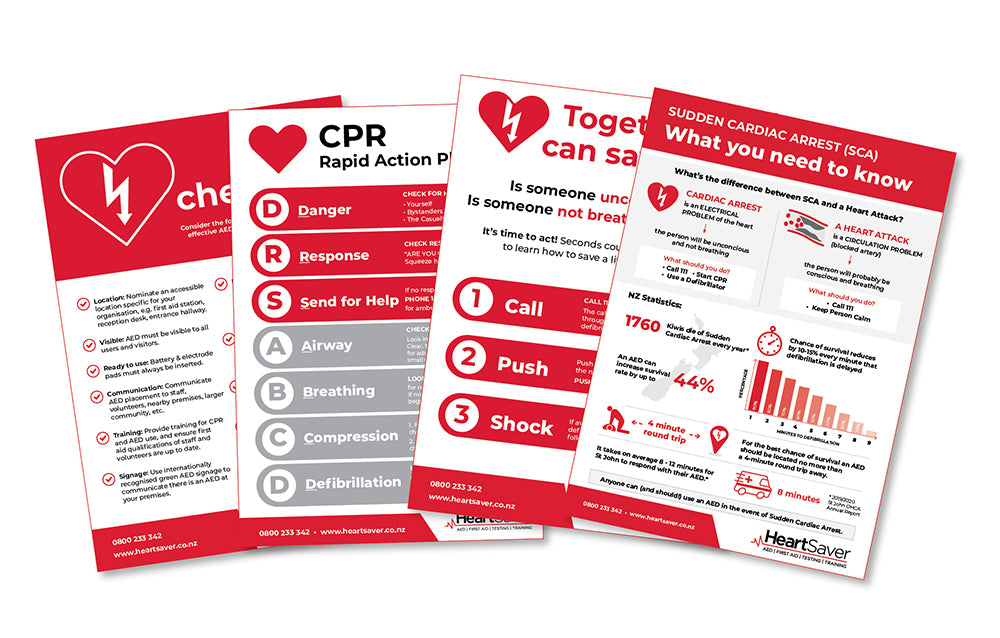How can Heart Saver help?
Beyond knowing what to do, it’s essential to stay present and proactive when every second counts.
If the person you’re helping is responsive, try to involve them in their own care. Introduce yourself, ask questions, and listen. They may be able to tell you what hurts, what happened, or what position they feel most comfortable in.
Ready to learn more? Explore Heart Saver's first aid courses and book your spot today.
We also offer a number of downloadable tools and resources for you and your team. Please see the Resources section of our website.
If you have any questions, please contact our team.





